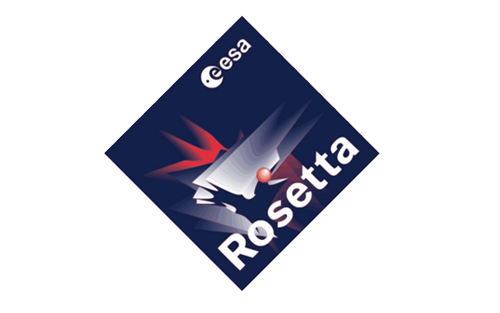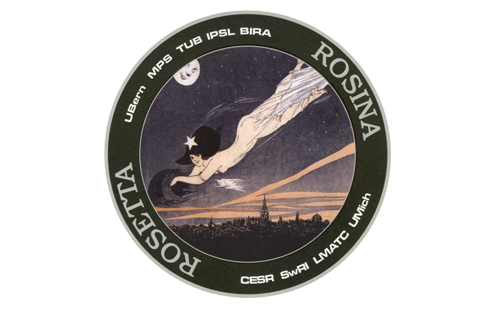Rosetta
The European Space Agency’s Rosetta mission is a milestone in space exploration as it has successfully chased, gone into orbit around, and landed a probe on a comet. Rosetta is studying the Jupiter-family comet 67P/Churyumov-Gerasimenko with a combination of remote sensing and in situ measurements. After a 10-year tour through the solar system, Rosetta arrived at comet 67P on August 6, 2014 and deployed the Philae lander on November 12, 2014. The main goal of Rosetta is to characterize the environment surrounding the comet and the comet nucleus as the comet penetrates further into the inner solar system. Rosetta will continue to track the comet through perihelion (August 2015), examining its behavior before, during and after to see how the comet evolves through its journey. SwRI is involved with the Rosetta mission through the ROSINA-DMFS instrument as well as the RPC-IES instrument.

ROSINA
The Rosetta Orbiter Spectrometer for Ion and Neutral Analysis (ROSINA) is one of the main instruments of the ambitious Rosetta mission. As the comet draws close to the sun, it will release numerous particles and gases, creating an “atmosphere” made of materiel that is relatively unaltered since the dawn of our solar system. The role of ROSINA is to sample and analyze this material. ROSINA consists of three instruments: two mass spectrometers, the Double Focusing Mass Spectrometer (DFMS) and the Reflectron Time of Flight Spectrometer (RTOF), and a pressure sensor, the Comet Pressure Sensor (COPS). Together, those instruments provide Rosetta with unprecedented range and resolution for the analysis of the molecules in the comet’s tail, including different organic species.


